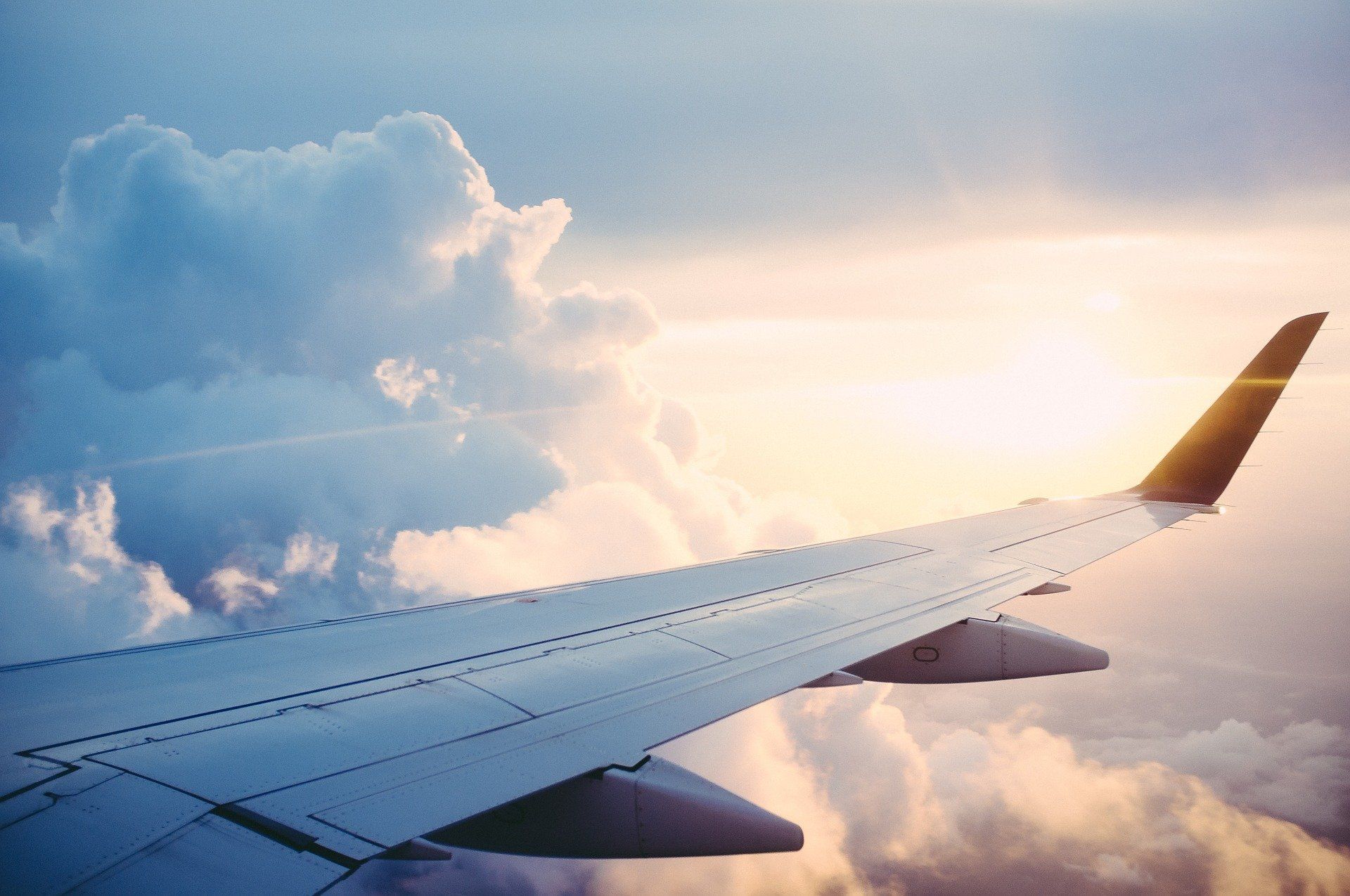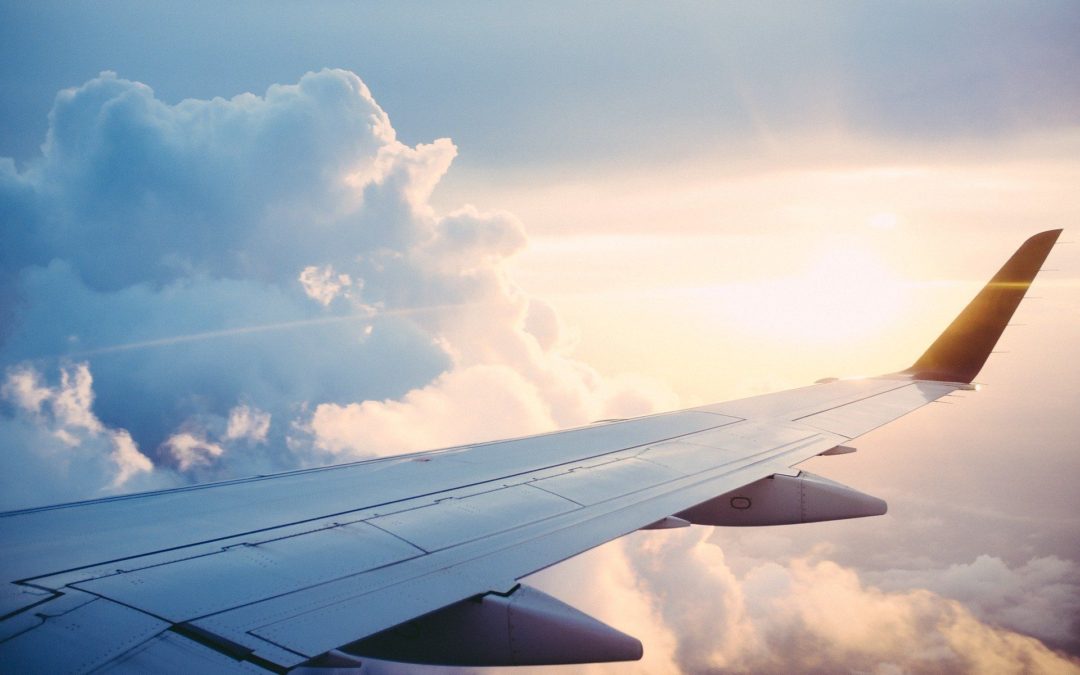
Before the pandemic, aviation accounted for 2.4 percent of the world’s carbon dioxide emissions, and that proportion was on the rise. Now the pandemic has stopped much of the flight, but there will be a time after that and then the flight will still have to reduce its emissions. Now a research team from the University of Reading in the UK has found a way to do it in a fast and cheap way .
The researchers’ idea is simply that the aircraft should make better use of the jet power. According to the researchers’ calculations, it could reduce the plane’s fuel consumption by up to 16 percent on a flight between New York and London. In addition to reduced emissions, fuel costs and flight times would also decrease.
Unlike other methods for reducing emissions, such as building more efficient engines or switching to electric aircraft, this method requires no investment on the part of the airlines. Instead, just make sure the plane flies in the jet stream when it gives headwinds and avoids it when it gives headwinds.
For this to work, all planes must be able to change their flight paths during the journey in order to follow or avoid the jet stream. This has been a problem so far because the plane must keep a safe distance from each other, which can make it difficult for the plane to be able to share advantageous winds.
But the flight paths can soon become much more flexible as new satellites give air traffic control much more detailed information about where the plane is even when flying over oceans.
To see how much fuel the plane can save by using jet streams better, the researchers examined 35,000 flights between London and New York. First, they looked at how much fuel each plane wasted. They then compared it with how much fuel would have been consumed if the plane had flown the fastest route at the time.
It turned out that the plane on average burned fuel equivalent to 200 kilometers of flight unnecessarily. 6.7 million kilos of carbon dioxide were released into the atmosphere in just one winter.





